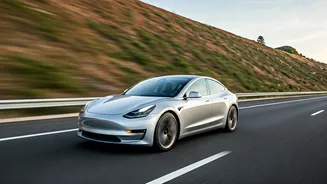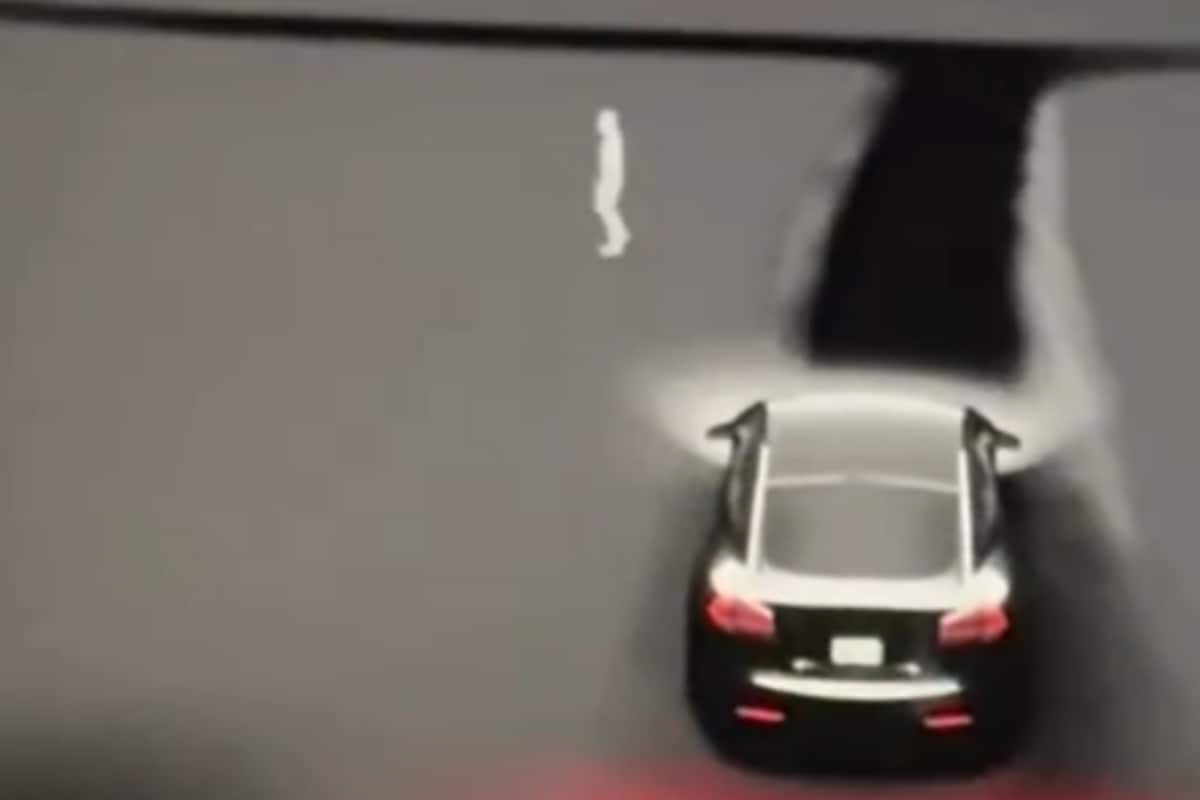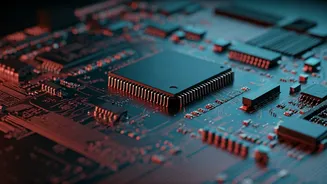Understanding Autosteer
Tesla vehicles feature Autosteer, a system that aids drivers by maintaining their lane position. This advanced driver-assistance feature relies on a network
of sensors and cameras to interpret the vehicle's surroundings. The primary function of Autosteer is to keep the car centered within its lane, minimizing unintentional lane departures and enhancing overall safety on the road. The system integrates various data points to achieve its objective. It identifies lane markings, such as solid or dashed lines, using visual recognition technology. Road edges are also scrutinized to ensure that the car stays within the designated roadway. Furthermore, Autosteer monitors the presence and movement of other vehicles or objects around the car, enabling it to navigate safely in traffic.
Sensors and Technology
The cornerstone of Tesla's Autosteer lies in its sensor suite, which provides the critical data needed for lane keeping. These systems include cameras, radars, and ultrasonic sensors, depending on the specific model and its features. The cameras play a crucial role, constantly scanning the road ahead to identify lane markings and road boundaries. These cameras capture visual information, which the car's computer then processes to determine the vehicle's position within the lane. Radar technology assists in detecting objects and vehicles in the surrounding area, allowing Autosteer to make safe decisions, such as maintaining a safe distance from other cars. Ultrasonic sensors provide close-range detection capabilities, which are useful for identifying objects that may not be easily visible to cameras or radar, particularly in urban settings. The integration of all this sensor data is critical; the car's central processing unit merges the information from each source, allowing Autosteer to make informed decisions about steering and speed control.
How Autosteer Works
Autosteer operates by constantly analyzing the vehicle's surroundings and making small, automated steering adjustments to keep the car in its lane. The system begins by identifying lane markings and road edges, using the data from cameras and sensors. It then calculates the car's position in relation to the lane boundaries. This information is used to make adjustments to the steering wheel, guided by the onboard computer. When Autosteer detects that the vehicle is drifting toward a lane marking or road edge, it initiates a steering correction to maintain the car's position in the center of the lane. Moreover, Autosteer adapts to various driving scenarios, such as curves in the road or the presence of other vehicles. The system analyzes the geometry of the road and makes the necessary adjustments to keep the car on course. Autosteer will also adjust the vehicle's speed if needed, ensuring a safe following distance when other vehicles are present.
Limitations to Consider
Although Autosteer is a sophisticated system, it's essential to understand its limitations. It is designed as an advanced driver-assistance system, and drivers must always remain vigilant and ready to take control. Autosteer relies on clear lane markings and road conditions to function correctly. In situations where lane markings are faded or obscured, the system's performance may be limited. Similarly, Autosteer may struggle in adverse weather conditions, such as heavy rain or snow, when visibility is reduced. Drivers must also be aware of the system's limitations in certain driving scenarios, such as sharp curves or tight turns. It's crucial for drivers to keep their hands on the steering wheel and be prepared to take over at any time, in order to maintain a safe driving environment. The primary role of Autosteer is to assist the driver, but the driver remains ultimately responsible for the safe operation of the vehicle.











